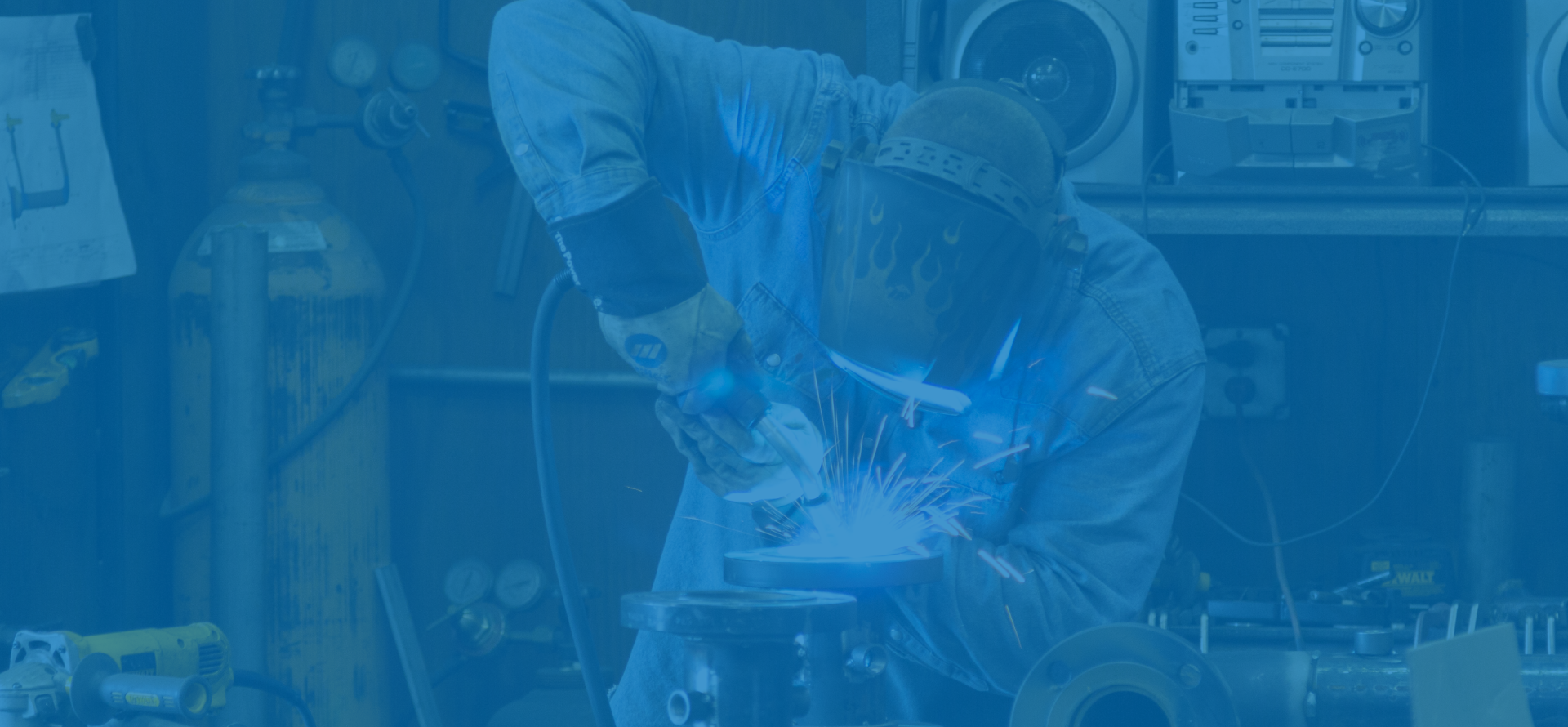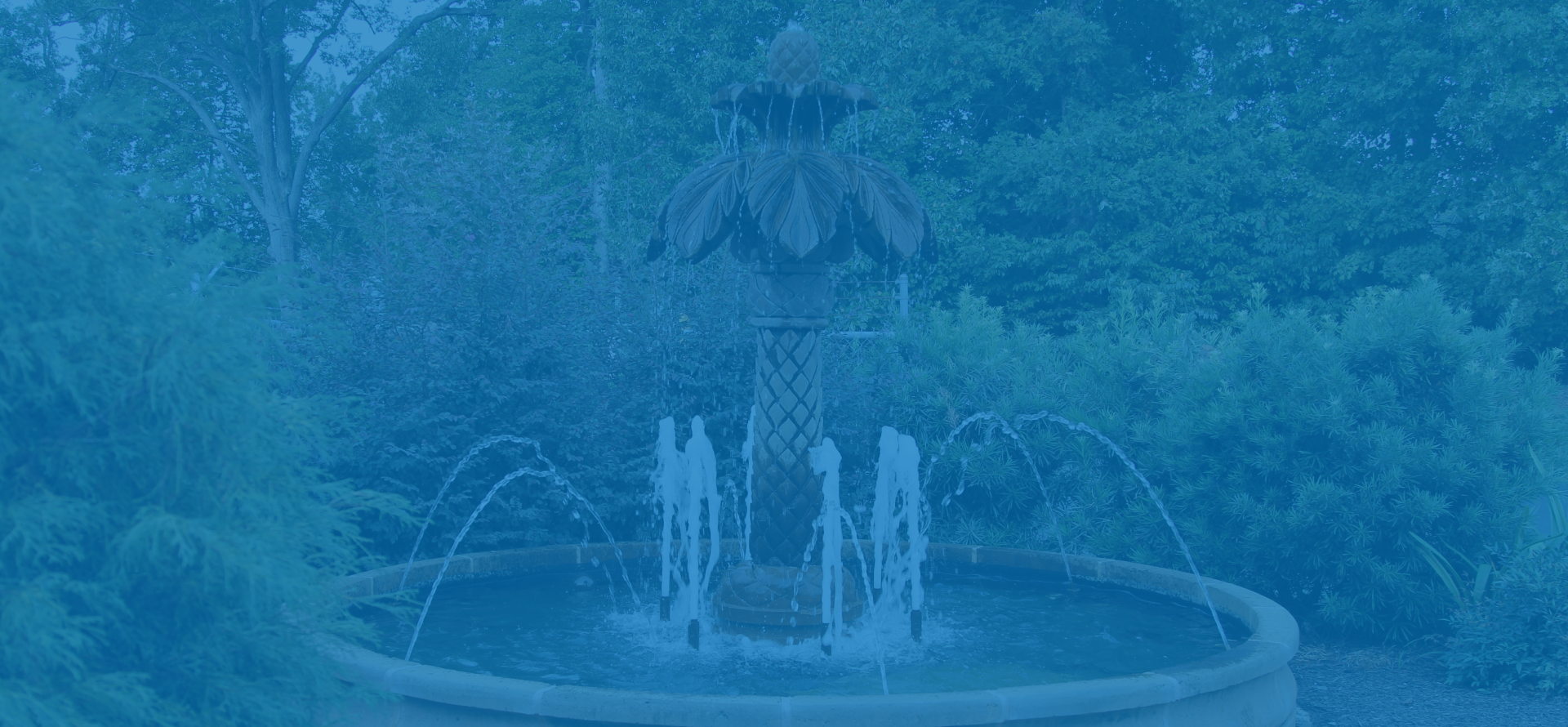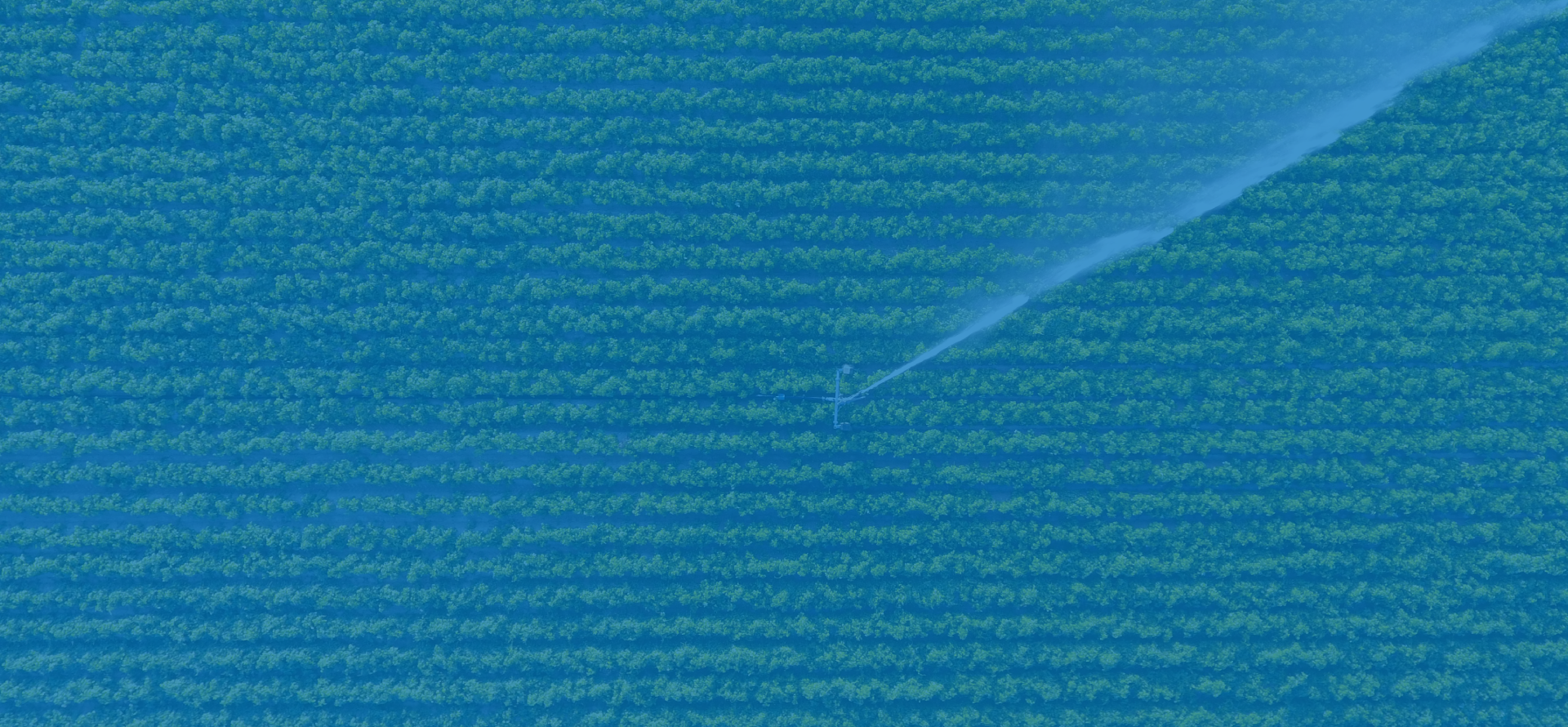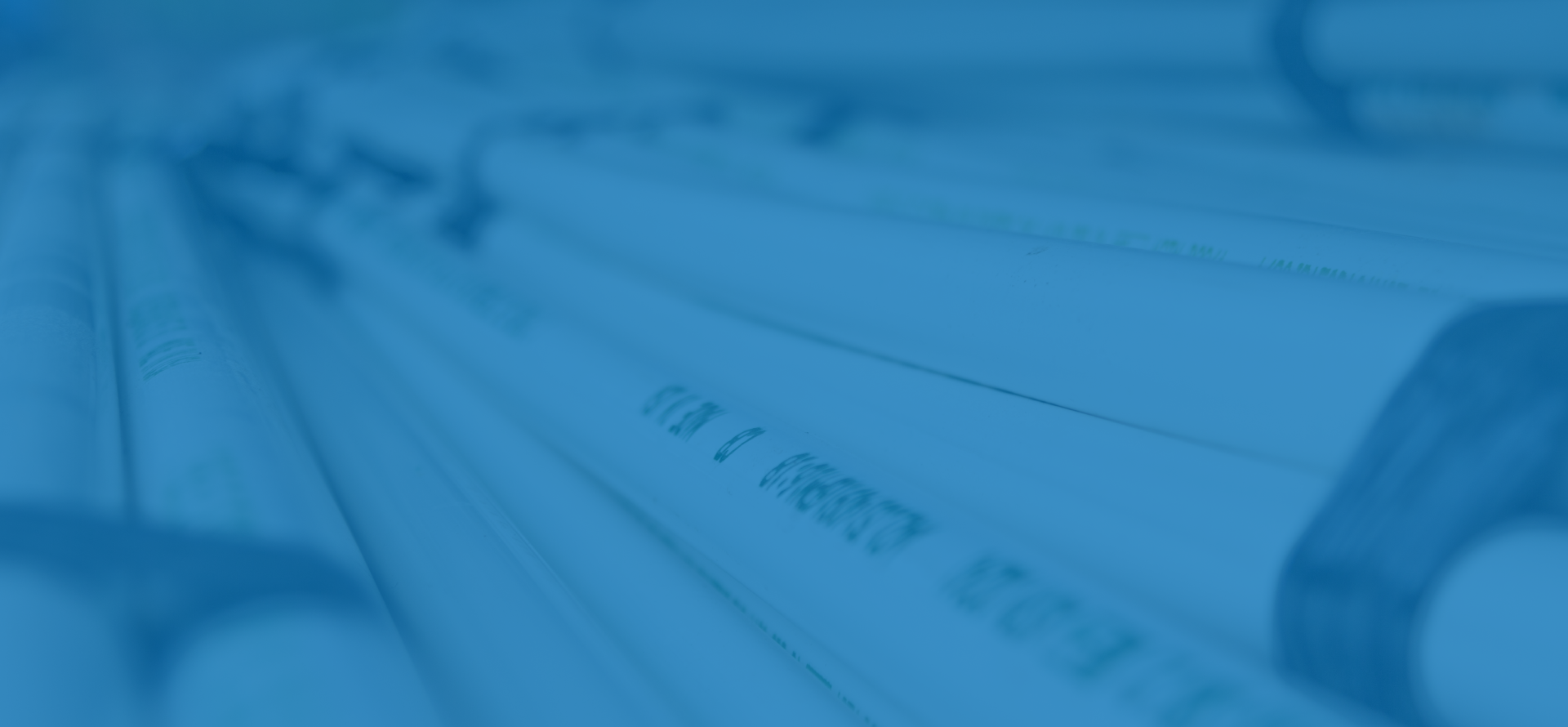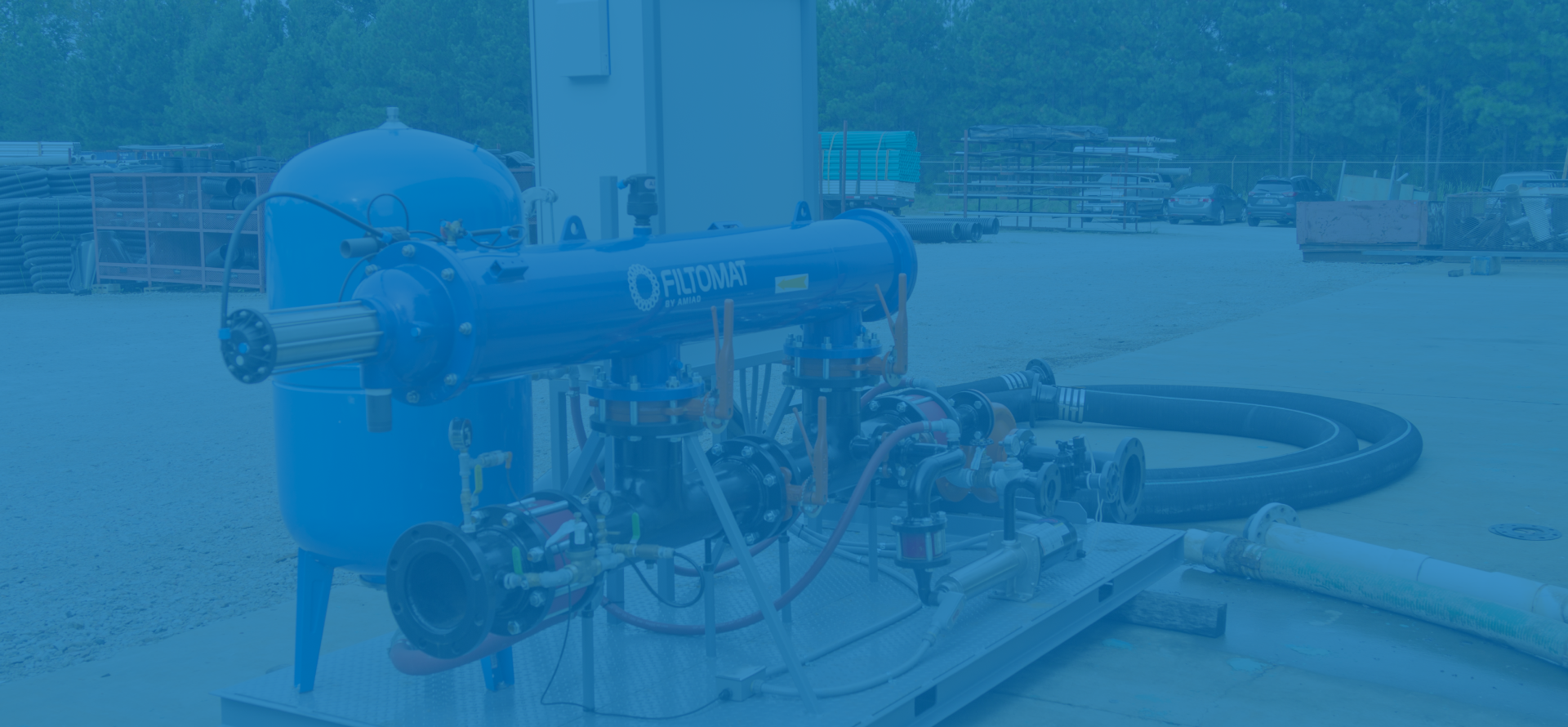Comparing Sprinkler System Installation Techniques for Optimal Water Efficiency and Cost Savings
In the quest for sustainable landscaping and efficient water usage, sprinkler system installation has emerged as a crucial element for homeowners and businesses alike. This blog delves into various techniques employed in sprinkler system installation, exploring how each method not only impacts water conservation but also plays a significant role in reducing overall costs.

By comparing traditional approaches with innovative solutions, readers will gain insights into maximizing water efficiency while achieving long-term financial savings. Whether you are considering an upgrade to an existing system or installing a new one, understanding the nuances of different installation techniques can help you make informed decisions that benefit both your landscape and your wallet.
Join us as we unravel the complexities of sprinkler system installation and highlight best practices to achieve optimal results.
Exploring Traditional Sprinkler Systems: Benefits and Drawbacks
When exploring traditional sprinkler systems, it's essential to weigh their benefits and drawbacks against modern alternatives. Traditional systems, typically composed of fixed spray heads, offer a low upfront cost and are relatively simple to install. According to the Irrigation Association, approximately 60% of residential water use occurs outdoors, and traditional sprinkler systems can effectively cover significant areas. However, their efficiency often falters due to overspray and evaporation, with studies indicating that about 50% of the water used for irrigation is wasted due to these factors.

In contrast, traditional systems may not incorporate advanced technologies that enhance water efficiency. For instance, drip irrigation systems can reduce water waste by delivering water directly to the plant roots, increasing efficiency by up to 90% compared to conventional sprays. Moreover, while the initial installation of drip systems can be more expensive, the long-term savings on water bills can make them a more economically sensible option over time. Understanding these trade-offs is crucial for homeowners and landscapers aiming to optimize both water usage and cost.
Innovative Drip Irrigation Techniques for Targeted Water Distribution
Innovative drip irrigation techniques have revolutionized the way we approach water distribution in gardening and farming. These systems deliver water directly to the root zones of plants, ensuring that moisture is provided exactly where it’s needed while minimizing water wastage. By allowing for precise control over water application, drip irrigation systems can significantly enhance both the efficiency and effectiveness of irrigation practices.
**Tip 1:** When installing a drip irrigation system, consider using a timer to automate watering schedules. This not only saves time but also ensures that plants receive consistent moisture levels, maximizing their growth potential.
Moreover, incorporating mulch around your plants can further improve water retention in the soil, reducing the frequency of watering needed. The combination of mulch and targeted watering creates a more sustainable gardening practice, particularly in areas facing water scarcity.
**Tip 2:** Regularly check and maintain your drip irrigation system to prevent clogs and leaks. Clean filters and emitters, and inspect hoses to ensure that water is flowing correctly. Routine maintenance will prolong the lifespan of your system while ensuring optimal water distribution.
By adopting these innovative drip irrigation techniques, gardeners can make strides toward both cost savings and water efficiency, ultimately fostering a healthier environment.
Comparing Sprinkler System Installation Techniques for Optimal Water Efficiency and Cost Savings - Innovative Drip Irrigation Techniques for Targeted Water Distribution
| Technique | Installation Cost ($) | Water Efficiency (%) | Maintenance Frequency (per year) | Targeted Distribution Ability (%) |
|---|---|---|---|---|
| Traditional Sprinkler | 1500 | 65 | 2 | 55 |
| Drip Irrigation | 2000 | 90 | 1 | 85 |
| Soaker Hose | 800 | 70 | 3 | 50 |
| Automated Smart Sprinklers | 2500 | 80 | 1 | 75 |
Smart Irrigation Technologies: Balancing Efficiency and Cost
Smart irrigation technologies play a crucial role in achieving optimal water efficiency while maintaining cost-effectiveness. By employing advanced sensors, weather data, and soil moisture analysis, these systems automate watering schedules based on real-time requirements. This precision ensures that plants receive the right amount of water exactly when they need it, significantly reducing waste. As a result, homeowners and businesses can see substantial decreases in their water bills while promoting sustainable practices.
Incorporating smart irrigation into sprinkler system installations not only enhances efficiency but also provides valuable data for long-term savings. For instance, smart controllers can adapt to changing weather conditions, preventing overwatering during rainy seasons. Moreover, many of these technologies offer user-friendly mobile applications, allowing for easy management and monitoring from anywhere. By balancing the initial investment with the long-term benefits, smart irrigation serves as a worthwhile investment for both the environment and the wallet.
Comparing Sprinkler System Installation Techniques for Optimal Water Efficiency and Cost Savings
This chart compares the water efficiency and cost savings of various sprinkler system installation techniques. Drip irrigation shows the highest water efficiency, while sprinkler irrigation offers moderate savings. Soaker hoses and manual watering provide lower efficiency and savings, highlighting the importance of choosing the right installation method.
Comparative Analysis of Rainwater Harvesting and Sprinkler Systems
When considering water efficiency in landscaping, a comparative analysis of rainwater harvesting and sprinkler systems reveals distinct advantages for each method.

On the other hand, sprinkler systems offer the convenience of automated watering schedules and targeted irrigation. Modern sprinkler systems are designed with efficiency in mind, employing advanced technologies such as drip irrigation and smart controllers that adjust water output based on weather conditions and soil moisture levels. While installation costs can be high, the long-term savings on water bills and the potential for healthier, more vibrant landscapes can justify the initial investment. Ultimately, the choice between these two methods should be based on specific landscape needs, local climate, and individual preferences for water usage and conservation.
Cost-Benefit Evaluation of Alternative Watering Solutions for Landscapes
When evaluating alternative watering solutions for landscapes, it's essential to conduct a thorough cost-benefit analysis. Traditional sprinkler systems can indeed provide coverage, but they often lead to higher water consumption and utility bills. In contrast, drip irrigation systems, although initially more expensive to install, offer significant long-term savings through reduced water usage. By delivering water directly to the root zone of plants, these systems minimize evaporation and runoff, which can be particularly beneficial in regions facing water scarcity.
Another popular option is smart irrigation technology, which adjusts watering schedules based on real-time weather data. This innovative approach reduces waste and enhances plant health, thus providing a compelling return on investment. While the upfront costs may be higher compared to conventional systems, the potential savings on water bills and improved landscape health make smart irrigation solutions increasingly appealing for homeowners and landscape managers alike. By carefully considering the expense versus the efficiency of various watering methods, we can make informed decisions that lead to sustainable landscaping practices.
Related Posts
-

7 Secrets to Selecting the Best Sprinkler System Installation for Your Landscape
-

Understanding the Most Effective Drip Irrigation Systems for Global Buyers
-

Unlocking Global Opportunities with China's Leading Fountain Pump Manufacturing Solutions
-

5 Best Irrigation Supplies to Optimize Your Garden Efficiency
-

Ultimate Guide to the Best Outdoor Grill Station: 5 Key Specifications You Must Know
-

Innovative Examples of Top Irrigation Supplies Boosting Crop Yields and Water Efficiency
Stay Connected
Sign up today to keep up with the newest information from one of the Southeast’s leading suppliers of fluid handling equipment!


